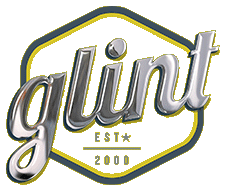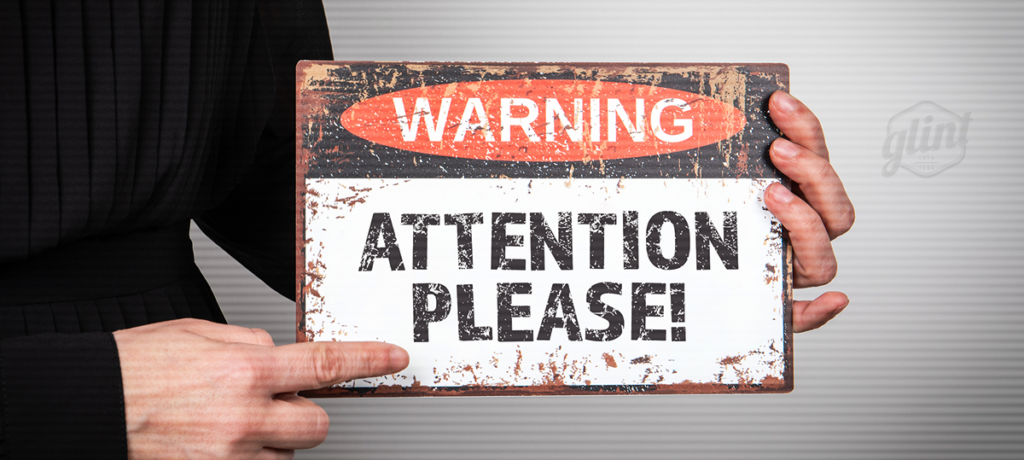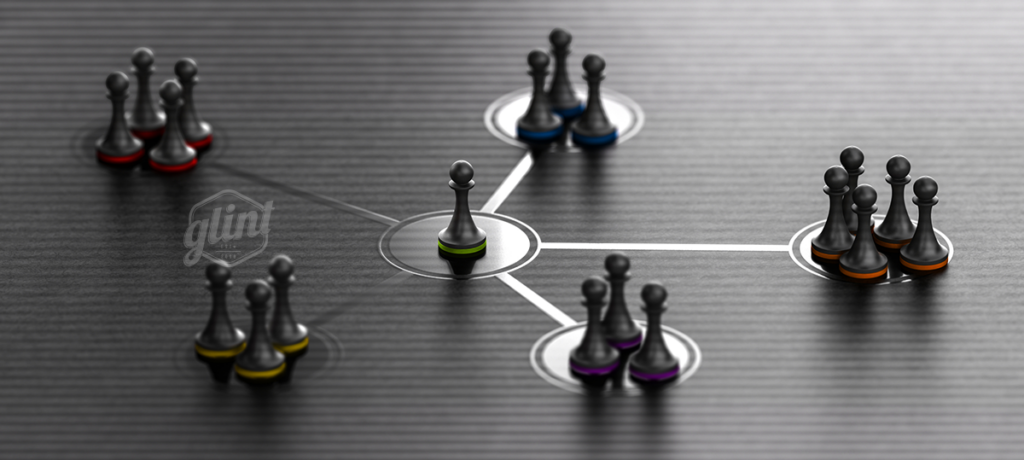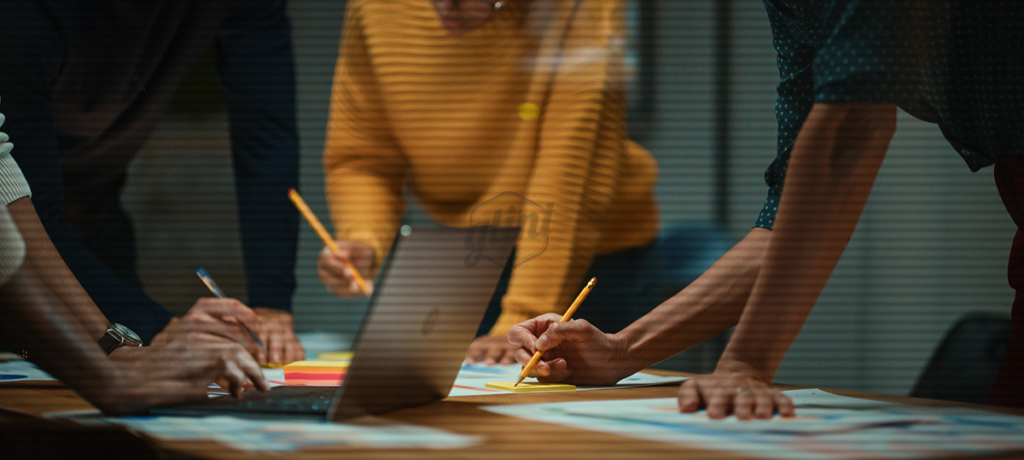Watching and photographing fireworks shows with friends and family create memories to cherish. However, photos often come out as blurry and overexposed. While photographing fireworks may seem impossible, you can capture the beauty perfectly with the right gear and preparations. Let’s dive in.
Firework shows are an excellent way to grow your photography skills and try new techniques to shape your unique style. With these tips about proper techniques and camera settings, you can ensure you make the most of your next fireworks experience.
Preparing Before the Show: What to Bring
Before heading to your local fireworks show, you must first pack the right equipment. Of course, you must bring a camera and lens. DSLRs and mirrorless cameras are the best options, but point-and-shoot cameras and even modern smartphones can be good options if you are on a budget. Another essential item to bring is a tripod, which will be explained shortly. Packing an extra battery and memory card is also smart to ensure you don’t run out of power and storage. It is also smart to bring a cable or shutter release to minimize camera shake when operating; more on that later.
Arriving early to the show is a must. Finding a good shooting location is important before the lawn is full of fellow Patriots. Once you find a suitable location, set up your tripod and camera and frame your shot before the fireworks begin. Try to include popular landmarks, such as buildings, in your composition for a unique shot.
Mastering Long Exposures: The Settings to Use
The issue many people face when shooting fireworks is a lack of a tripod and using a fast shutter speed. When using a DSLR or mirrorless camera (or even a smartphone with a pro setting), there are three main settings to master: shutter speed, ISO, and aperture.
To capture the true beauty of fireworks on the 4th of July, keeping the shutter open for longer allows you to capture long trails of light produced by the fireworks’ movement. Using bulb mode (if your camera has it) gives the photographer control over how long they want the shutter to stay open (using a shutter release cable prevents camera shake when pressing the capture button). Set your shutter speed to five seconds if your camera doesn’t have bulb mode.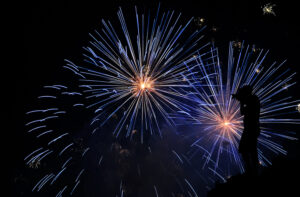
The next setting to manage is ISO, which is the camera sensor’s sensitivity to light, meaning a higher number will be more sensitive. The important thing to remember with ISO is that a higher value will make your photo grainy or noisy. Since your shutter will be open longer to collect more light, you can set your ISO to a low value, around 200.
The last setting of the three is aperture, which depends on how much light your lens allows to pass through. Much like our eyes, camera lenses have a ring that opens and closes depending on the light conditions. When photographing fireworks, a medium aperture of about f/11 keeps the photo sharp and focused.
Editing Excellent Images: Post-Processing Techniques
Now that your image is taken, it’s time to edit! Post-processing is an incredibly important step, and it can really take your photos to the next level. When editing your fireworks images, a few categories of adjustments are important to know. Even if you don’t have the latest and greatest version of Adobe Photoshop, various free apps can help you improve your photos. If your image is too bright or too dark, the exposure slider is an easy way to fix the brightness of the photo. Another element that comes into play when photographing fireworks is smoke, which can really be an issue in the image, depending on the conditions. To fix smoke in your image, use the dehaze slider until the smoke clears. To add extra color to your image, use the vibrance and saturation sliders.
With all of these tips, you will surely have an excellent time photographing the colorful beauty of fireworks as you celebrate this Independence Day! Call Glint Advertising to help perfect your future photography projects.

